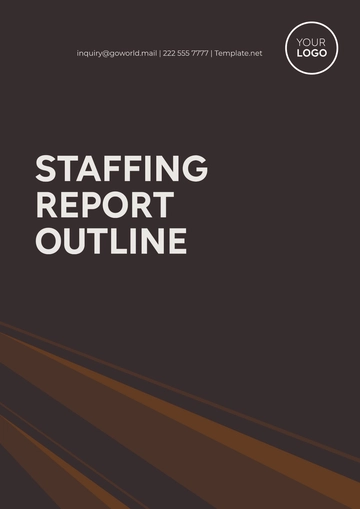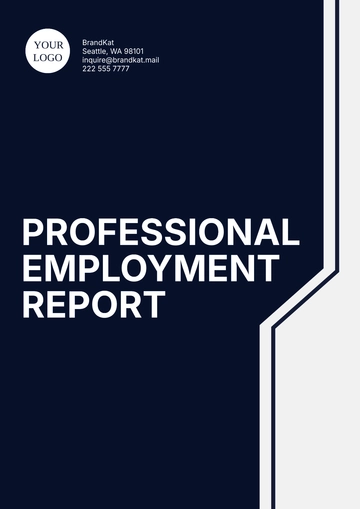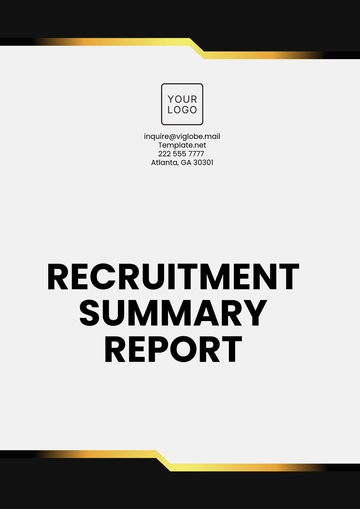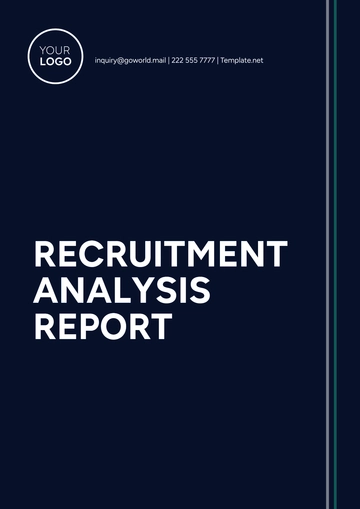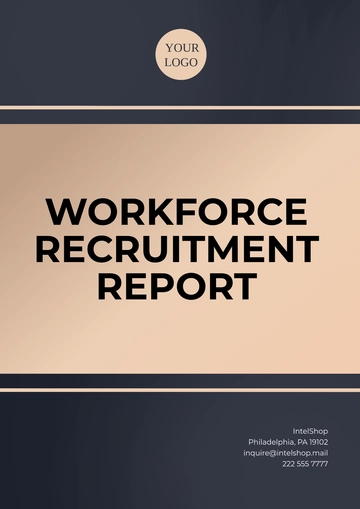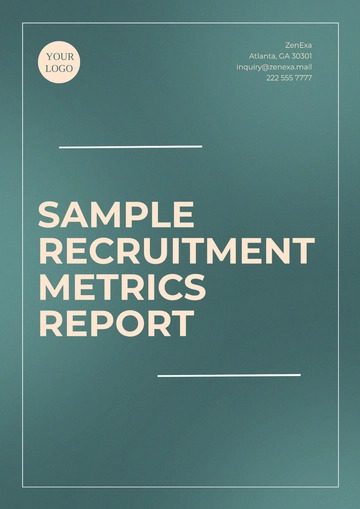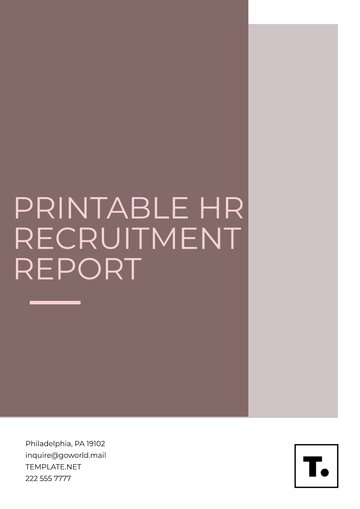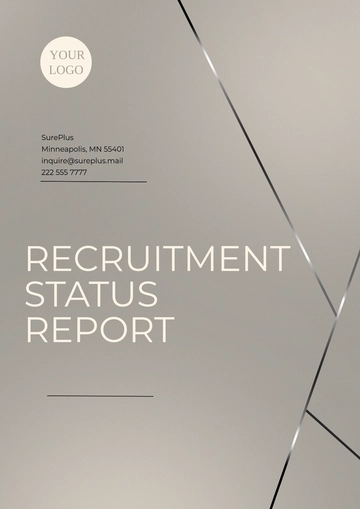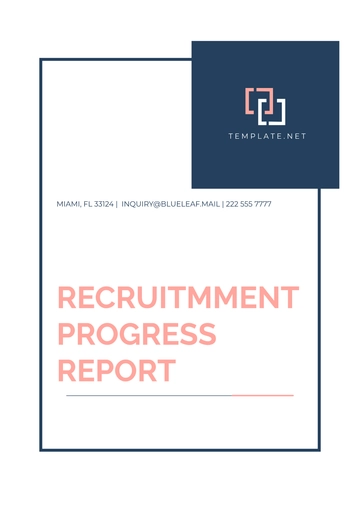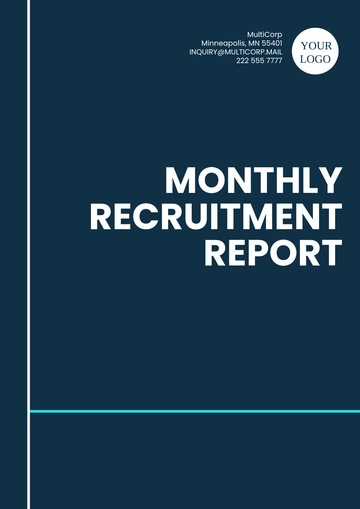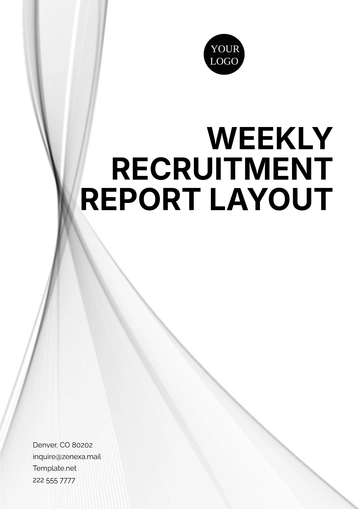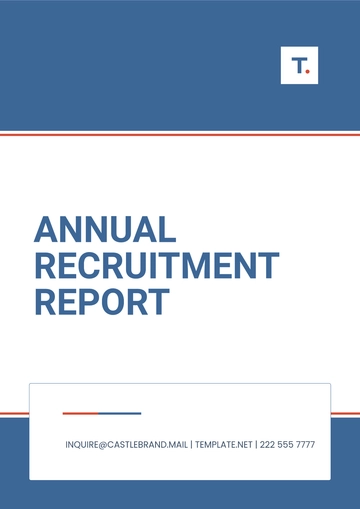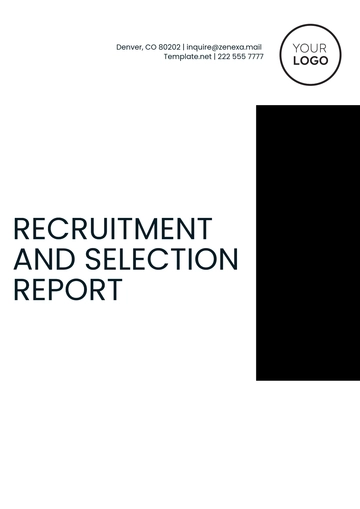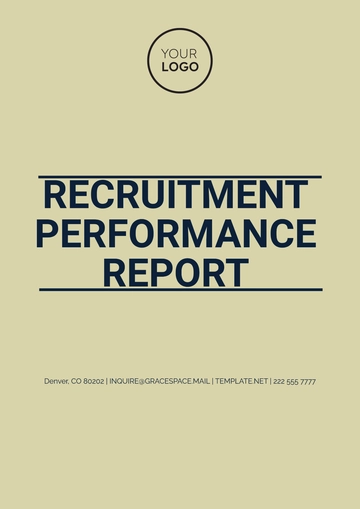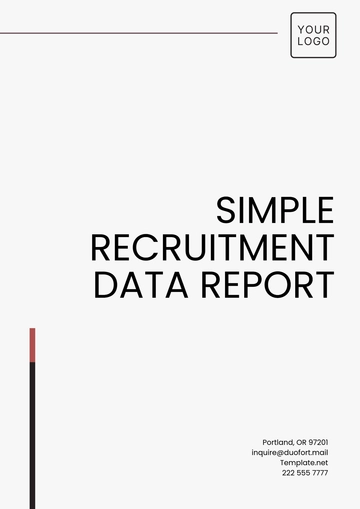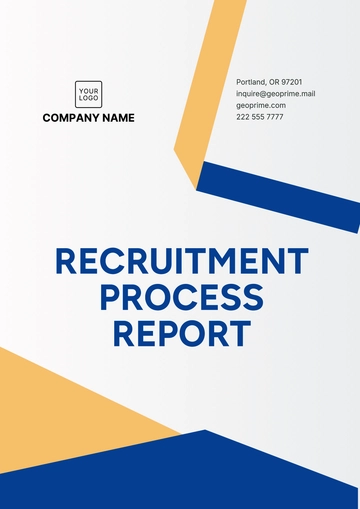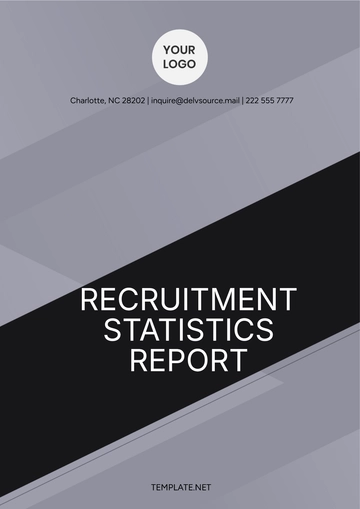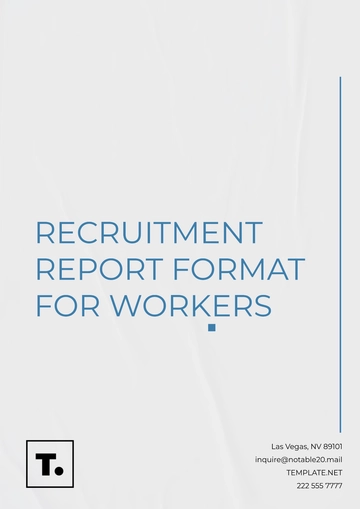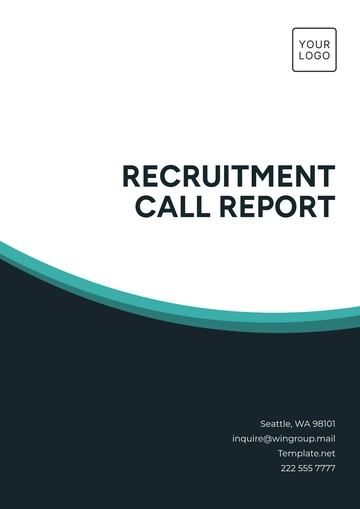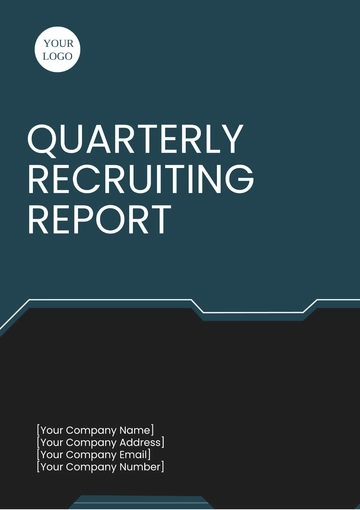Perm Recruitment Report
Introduction
The purpose of this report is to provide a comprehensive analysis of the permanent recruitment process within our organization. This report will detail the recruitment objectives, methods, results, and recommendations for improving future recruitment efforts. We will explore different aspects of recruitment, including sourcing, selection, and onboarding, to present a holistic overview of our recruitment strategies and outcomes.
Recruitment Objectives
The primary objectives of our permanent recruitment process are:
To attract highly qualified candidates who align with our organizational values and culture.
To ensure a diverse and inclusive workforce that promotes innovation and productivity.
To optimize the recruitment process, reducing time-to-hire without compromising on quality.
To improve candidate experience and increase acceptance rates of job offers.
Recruitment Methodology
Sourcing Strategies
Our sourcing strategies are designed to target both active and passive candidates. The following methods are utilized:
Job Advertisements: Posting on various online job boards and company website.
Employee Referrals: Encouraging current employees to refer potential candidates.
Social Media: Leveraging platforms like LinkedIn, Facebook, and Twitter.
Recruitment Agencies: Collaborating with external recruitment agencies for specialized roles.
Selection Process
The selection process is structured to objectively assess the compatibility of candidates with the job role and organizational culture. The following steps are included:
Application Screening: Initial filtering based on the candidates' resumes and cover letters.
Initial Interview: Conducting phone or video interviews to assess basic qualifications.
Technical and Aptitude Tests: For positions that require specific skills, candidates undergo relevant tests.
Face-to-Face Interview: In-depth interviews conducted by the hiring panel.
Reference Checks: Contacting previous employers to verify past job performance.
Final Decision: Selecting the most suitable candidate and extending an offer.
Onboarding Process
Once a candidate accepts the offer, the onboarding process begins to smoothly transition them into the new role. Key components of onboarding include:
Pre-boarding Communication: Providing necessary information and setting expectations before the start date.
Orientation Program: Introducing new hires to the company culture, policies, and colleagues.
Training Sessions: Job-specific training to equip new hires with the skills needed for their role.
Feedback Mechanism: Collecting feedback from new hires to improve future onboarding processes.
Recruitment Results
The recruitment efforts over the past year have resulted in the following outcomes:
Metric | Value |
|---|
Total Number of Hires | 120 |
Average Time-to-Hire | 30 days |
Offer Acceptance Rate | 85% |
Diversity Hiring Rate | 40% |
Candidate Satisfaction Score | 4.5/5 |
Challenges and Recommendations
Challenges
During the recruitment process, several challenges were encountered:
High Competition: The industry has seen a high demand for skilled professionals, increasing competition.
Limited Talent Pool: Difficulty in finding qualified candidates for niche roles.
Prolonged Negotiations: Extended negotiations leading to delays in the hiring process.
Recommendations
To overcome the challenges and enhance the recruitment process, the following recommendations are proposed:
Enhance Employer Branding: Strengthening our employer brand to attract top talent.
Invest in Technology: Utilizing AI-driven tools for efficient resume screening and candidate matching.
Expand Talent Pools: Exploring alternative talent sources such as universities, online communities, and industry events.
Streamline Negotiations: Setting clear and competitive offer parameters upfront.
Conclusion
In conclusion, the permanent recruitment process plays a vital role in building a talented and diverse workforce. While we have experienced success in various areas, there is room for improvement. By addressing the challenges and implementing the recommendations outlined in this report, we can further enhance our recruitment process to meet the evolving needs of our organization and industry.
Report Templates @ Template.net



